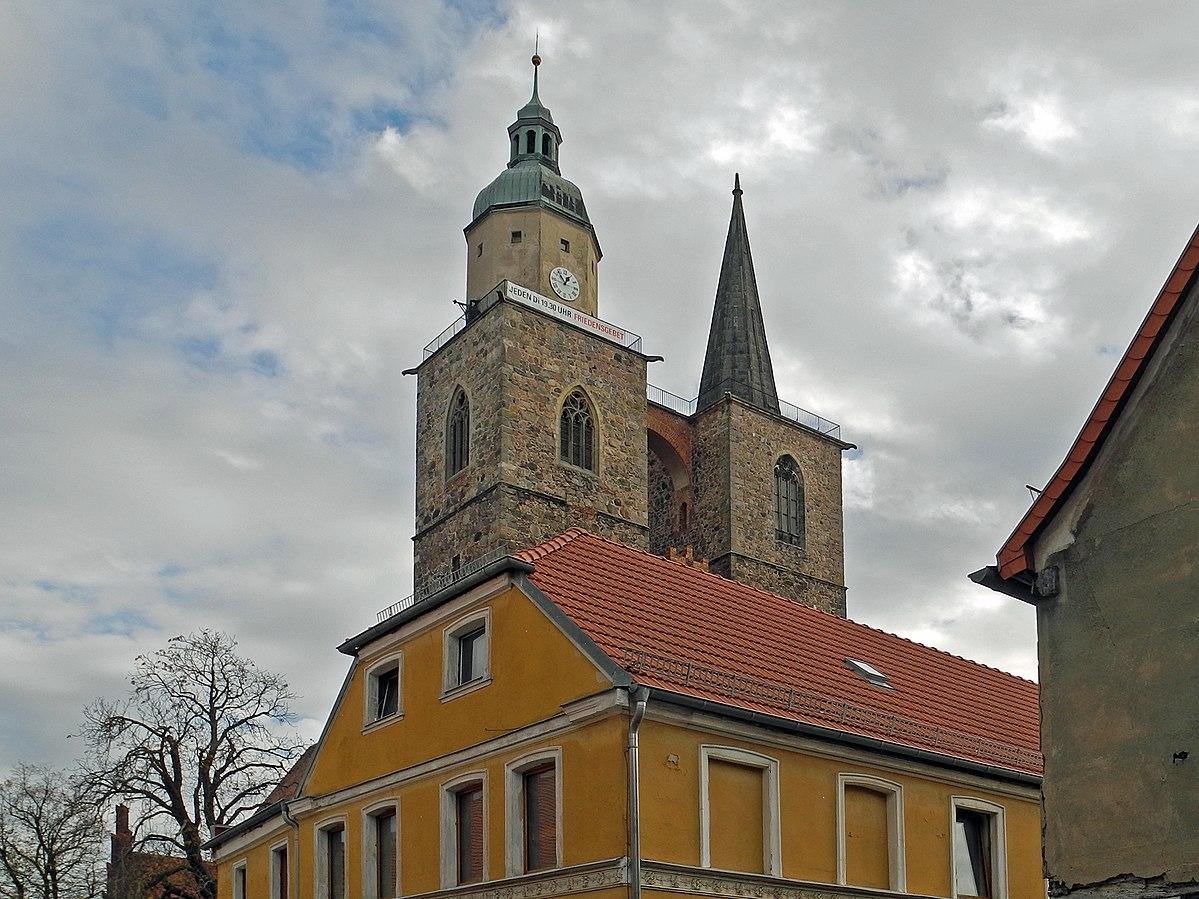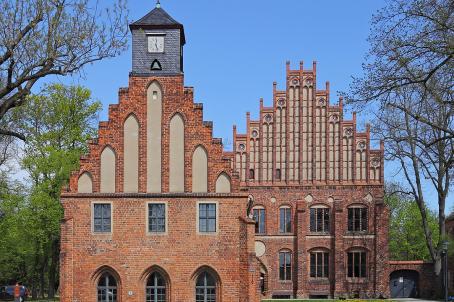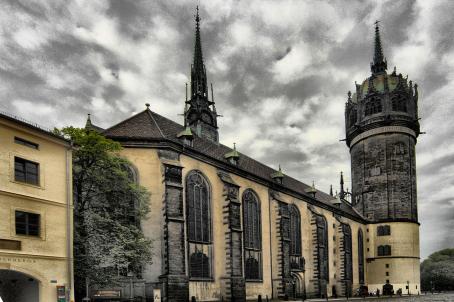Church of St. Nicholas, Jüterbog

The Church of St. Nicholas was built in the 14th and 15th centuries. It is famous for its two towers which owe their difference to the fact that the top of the north tower was poorly built. The canopy was completed in 1617 and still adorns the north tower today. Renovations took place in the years 1821 to 1824, 1877 and 1934 to 1936. Further renovations to the roof took place in 1974, the interior was renovated from 1986 to 1994.
About this building
For more information visit on this building visit www.eurob.org/item/jueterbog_church-of-st-nicholas/?lang=en





